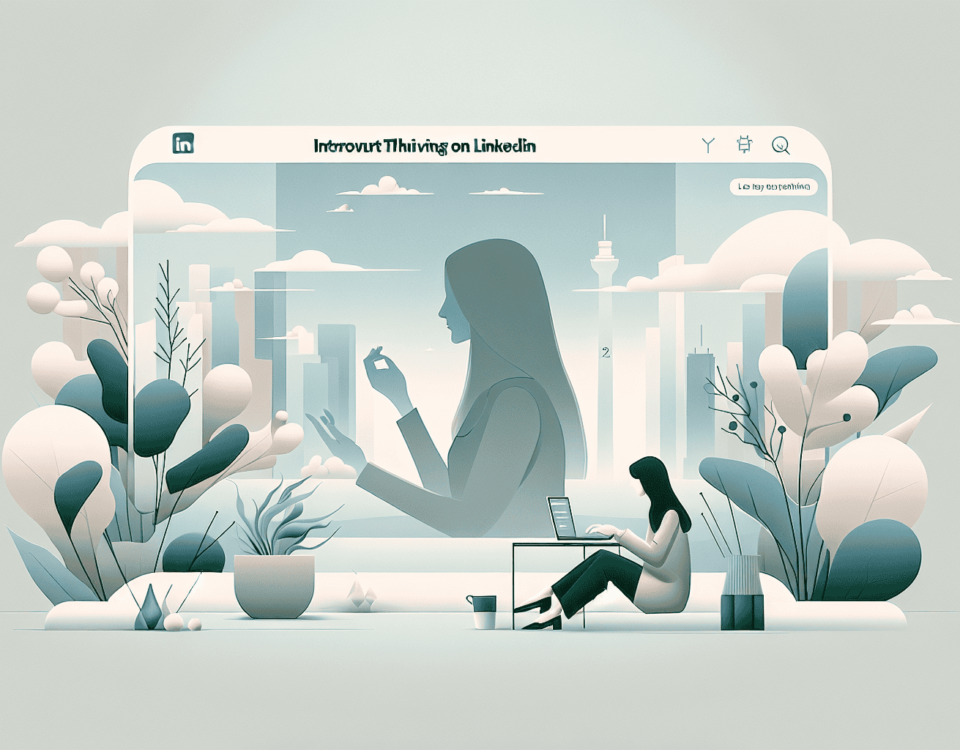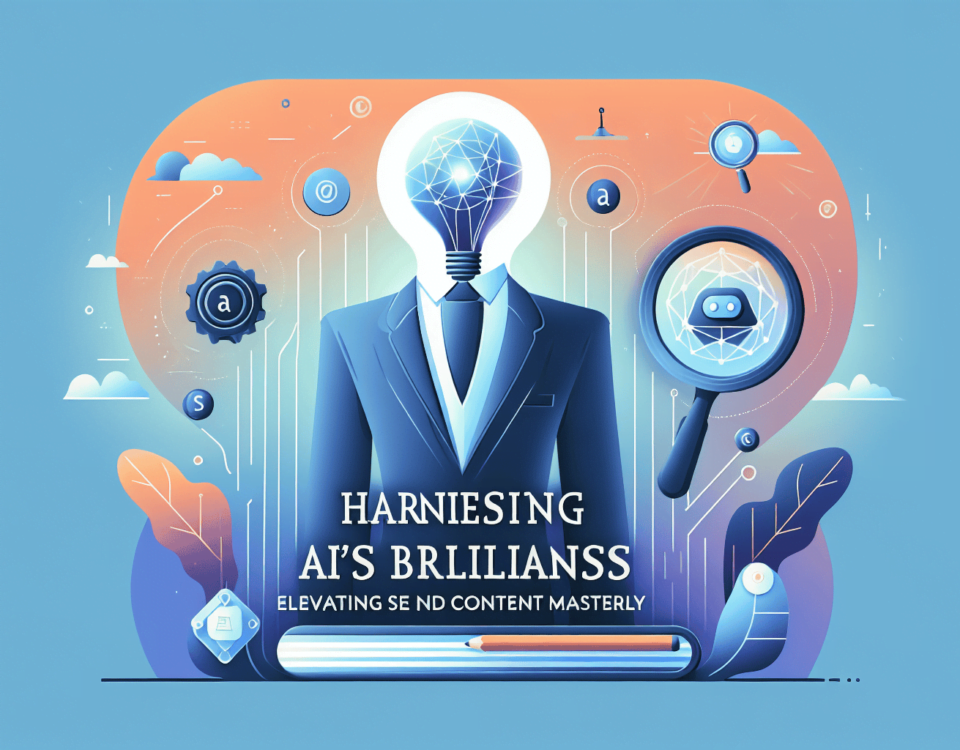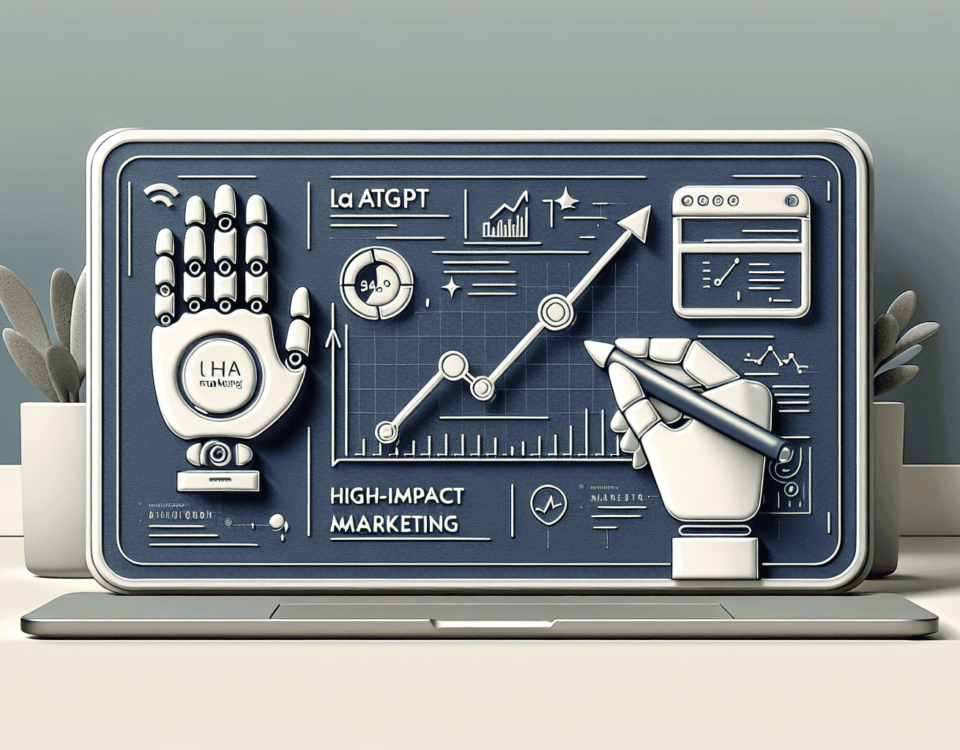Crafting Your Unique Voice: The ChatGPT Edge in Proposals
Embarking on the journey to differentiate oneself in the competitive arena of B2B marketing, the integration of ChatGPT has become a pivotal tactic in my arsenal. Crafting a proposal is akin to an artist’s first stroke on a canvas; it sets the stage for what’s to come. ChatGPT’s advanced language models have enabled me to not just articulate ideas but to breathe life into the very tone and voice necessary to resonate with prospective clients.
One standout instance was last April, when a marketing firm in Dallas sought a writer to revitalize their blog under a rebranding initiative. This firm didn’t just want content, they wanted character—the essence of their brand translated into the written word. By feeding ChatGPT with a comprehensive set of voice and tone guidelines, my proposal was no mere reflection of what I could mimic, but an evolution of their brand narrative.
As Laura Belgray astutely emphasizes, one must transcend the freelancer label to be recognized as a serious entrepreneur. ChatGPT has been crucial in achieving such recognition. Through precise calibration, each proposal I craft now sings with a unique harmonious voice that becomes almost indistinguishable from the brand itself, prompting clients to take notice amongst a sea of generics.
Decoding Client Needs: A ChatGPT Approach to Precision
The second strategy lies in understanding and responding effectively to client needs. ChatGPT doesn’t just generatively construct responses; it allows for a sophisticated analysis of the subtext within client communication. It’s one thing to answer a brief; it’s another to unravel the layers of unspoken expectations and deliver a solution that strikes all the right chords.
Consider the dense forest of requirements that clients often present. Using ChatGPT, deciphering this information goes beyond taking notes during discovery calls or merely bullet-pointing a brief. It extends to forming an intelligent synthesis of their industry, challenges, and goals. This understanding has frequently led to providing insights not just on content but the overall marketing direction, which has been integral to securing contracts.
For example, when approached by a tech startup seeking to disrupt the market, it wasn’t just about delivering engaging content. It was about aligning with their mission and vision—something ChatGPT enabled me to do with an uncanny precision, gauging nuances and reflecting them back in a comprehensive marketing strategy. This level of attunement is what turns proposals into agreements, and casual negotiations into sealed deals.
From Imitation to Innovation: ChatGPT as a Creative Partner
My third strategy transforms ChatGPT from a mere tool of imitation to a partner in innovation. Generative AI isn’t an echo; it’s a voice that can suggest riveting concepts and lead campaigns into uncharted creative territories. Its capacity to analyze trends, historical data, and cross-reference across a myriad of industries culminates in proposals that don’t just mimic the current market—they drive it forward.
The creation of campaign slogans, branding ideas, or even complete content strategies are enhanced by ChatGPT’s resourceful suggestions. In developing campaigns, I’ve often leveraged its on-demand brainstorming prowess, resulting in fresh perspectives that please clients and punctuate my work with a signature innovative flair—the kind that definitively answers Bernard Marr’s concerns on the evolving necessity of AI in our professions.
Moreover, while proposing to a sustainability enterprise, ChatGPT played an instrumental role in ideating a campaign centered around environmental storytelling. The result was a compelling narrative that fused with technological insights, yielding a series of projects that not only mirrored the client’s ethos but positioned them as pioneers—a testament to how ChatGPT facilitates not only imitation but true innovation.
Navigating the Generative AI Landscape: A Marketer’s Toolkit
Staying ahead of the curve in B2B marketing necessitates an intimate understanding of the tools that can disrupt or enhance the industry. ChatGPT is a component of an ever-expanding toolkit that facilitates the navigation of the generative AI landscape. Its deployment has helped me avoid the pitfalls that a superficial embrace of AI might engender and instead gain a deep mastery that differentiates my offering.
In leveraging ChatGPT, one quickly learns that its utility is not in replacing human creativity but in augmenting it. When deploying this technology, I ensure its application aligns with my human-centric marketing philosophy. It is a partnership where AI-generated insights and human oversight coalesce, elevating proposals from the merely compelling to the utterly convincing. This dynamic results in content that is tailored, targeted, and innately persuasive.
However, it’s not just about the text—it’s the data behind it. The analytics that emerge from ChatGPT’s integration into campaigns provide a rich vein of insights that, when tapped, lead to smarter, more efficient strategies. By measuring response rates, engagement, and impact, I construct proposals backed by hard data yet tempered with human intuition.
Beyond the Written Word: ChatGPT’s Role in Strategic Planning
The fifth strategy underscores ChatGPT’s role in the broader domain of strategic planning. Beyond crafting the written word, ChatGPT has become a linchpin in the design of sophisticated, multi-tiered marketing strategies for B2B businesses. It’s instrumental in anticipating market shifts, competitor moves, and potential client trajectories.
My engagement with a cutting-edge FinTech firm illustrates this point. Instead of merely delivering copy for web pages, I utilized ChatGPT in conjunction with industry forecasts to craft a multi-platform content plan that leveraged emergent FinTech trends. Proposing such a comprehensive strategy is what cemented my position as not just a writer but a strategist.
The integration of ChatGPT offers a profound advantage in this strategic capacity. It helps dissect complex market conditions, identify new avenues for client growth, and sometimes reveal opportunities that humans alone may overlook. Underpinned by AI, my marketing propositions are both intricate and intuitive, designed to ensure the client’s message doesn’t get lost in translation but reverberates across their targeted business landscape.
Indeed, while cautious tales pervade discussions about generative AI, one can’t ignore the explosive potential it holds for those willing to harness it judiciously. To adopt AI is not to cede control but to amplify one’s capabilities. As I assimilated ChatGPT into my modus operandi, it was evident that the tool was never the story—it was always about how the tool empowered the narrative, ensuring my status as a formidable entrepreneur in the field of B2B marketing.




